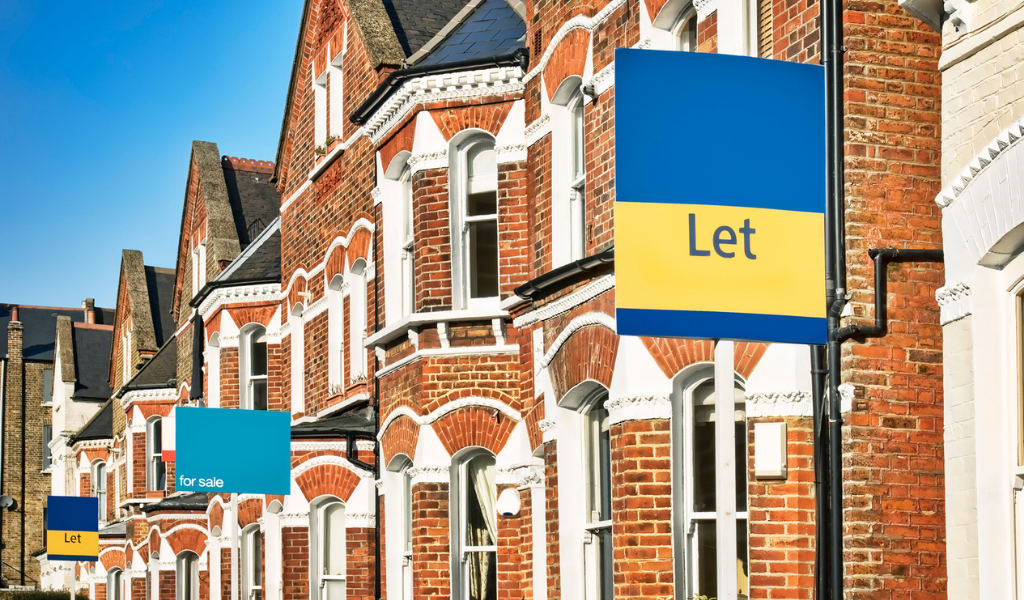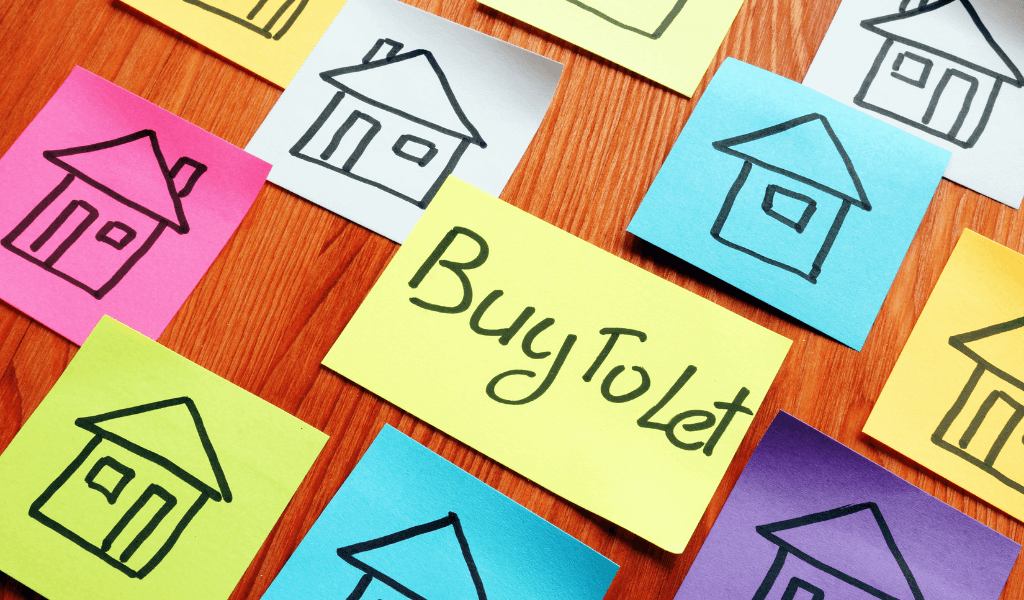What is a buy to let mortgage? It’s a home loan designed for property investors, rather than owner occupiers. The mortgage holder uses the loan to buy the property. Instead of living in the property, they’ll rent the property out to someone else.
There are important differences between buy to let mortgages and residential mortgages. I’ll explain those differences in this article. I’ll also talk about specialist products, like limited company mortgages, bridging loans and development finance.
The treatment of mortgage expenses to calculate tax is complex, due to section 24. I wrote a whole article on Section 24 – it’s very important to understand it. It’s possible for property investors to make a loss, and still pay income tax!
This website contains tons of free education for property investors.
If you want to contact me, then go here. If you have properties to sell, let me know! You can also set up a free business coaching call with me!
A residential mortgage is a loan provided to homeowners, that live in the property. The main features are as follows:
- These loans have the lowest rates of all product types
- The borrower is expected to service the loan repayments from their salary
- The maximum loan is normally 5x annual income
- The maximum loan size goes up to 95% of the property value
- Most loans are normally capital repayment
The concept of a residential mortgage, is that your salary should be high enough to repay the loan. Unlike buy-to-let mortgages, most residential mortgages are capital repayment. This means that every month, the borrower pays interest on the loan, and repays the loan principal. So at the end of the loan term (e.g. 25 years), the loan has been paid off entirely.
How many residential mortgages can someone have? A common myth is that you can only have one. The truth is that you can have as many as you like. But you must live in the homes and not rent them out.
I now explain in detail, what a buy to let mortgage is. A buy to let mortgage is a home loan provided to property investors. A key condition of these loans, is that the investor can’t live in the property. They must rent the property out to a different person and receive rent. The key features of buy to let mortgages are as follows:
- Interest rates are higher than residential mortgages
- The property owner can’t live in the property
- The property must be rented out to a tenant on an Assured Shorthold Tenancy. The tenancy must be at least 6 months long
- The mortgage lender expects the borrower to service the loan from rental income
- The loan size is normally limited to 75% of the property value
- The loan size is limited by the size of the rental income
- Some banks expect the borrower to have a minimum income
- Most buy to let loans are interest only
The loan size of a buy to let mortgage will be lower than for a residential mortgage. The highest loan is normally 75% of property value (rather than 95%). They also look at expected rental income, and use a formula to find the maximum value they can lend.
Unlike residential mortgages, some lenders don’t look at the income of the borrower. This is because the rental income from the property will pay off the mortgage.
Most buy to let mortgages are interest only, so the borrower only pays the mortgage interest each month. At the end of the term (e.g. 25 years) they will still owe the lender, the entire loan.
A limited company buy to let mortgage is a loan for property investors. But the property isn’t owned in your personal name, it’s owned by the limited company. The mortgage is similar to a buy to let mortgage, but they are some unique features:
- The buy to let mortgage rate is normally higher inside a limited company
- Your limited company will need to be a special purpose vehicle that only invests in property. Otherwise lenders are unlikely to give you a mortgage
- There is normally a limit to how many properties you can put inside a company. If you have too many, then mortgage lenders won’t lend to you
- Watch out for a floating charge. It means that the lenders can go after any property in your company, if you fail to pay your mortgage
When you set up your limited company, you can set your SIC code to “68209 - Other letting and operating of own or leased real estate”. This means that the company mainly deals with long term property investment. It also means that your company can’t trade in non-property businesses.
If you have 5 or more properties inside your limited company, then some lenders won’t lend to you. They’ll view your portfolio as too complex to understand.
You might want more information about limited company vs private ownership of properties. I wrote an article that explains the pros and cons of each structure.
There’s other types of loan products for property investors. I’ll summarise some of them below.
- Commercial Property mortgages are designed for commercial properties
- HMO mortgages are provided to houses in multiple occupation
- There are specialist mortgages for serviced apartments and Airbnb properties
- Bridging loans can be arranged very quickly but have higher interest rates
- Development finance is used to fund the construction, conversion or heavy refurbishment of buildings
- 2nd charge mortgages can be taken out on a property, that already has a mortgage on it
So how many buy to let mortgages can you have? This is common question with a simple answer! You can have as many as you like. If you have 10 buy to let properties, then you can have 10 buy to let mortgages.
As you get more properties, you’ll get classified as a portfolio landlord. Some lenders don’t want to lend to portfolio landlords, so your options will become more limited.
What is a buy to let mortgage? It’s a fantastic tool for property investors. However, there are many differences compared to standard mortgages. You’ll need to have a bigger deposit, and the rules are more complex.
In this article, I’ve explained residential mortgages, buy to let mortgages and other specialist products.









hYhJgeiDMRU